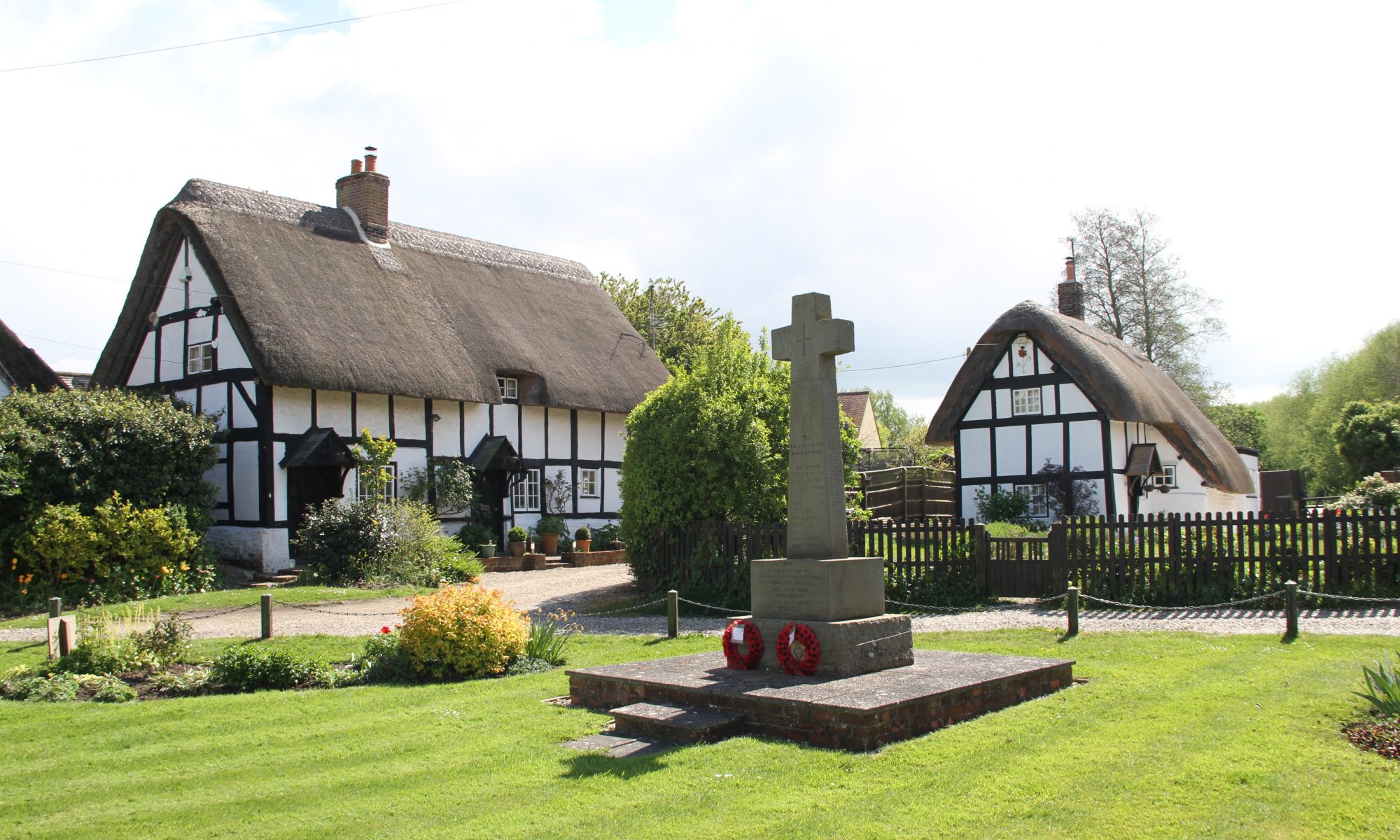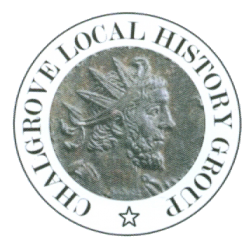The following page details the troop movements of both the Royalist Army and the Parlimentarian Army after Prince Rupert surrounds Chinnor sometime before 5am.
A royalist pamplet was published two weeks after the battle entitled “His Highnesse Prince Ruperts Late Beating up of the Rebel Quarters At Postcombe & Chinner in Oxfordshire. And his Victory in Chalgrove Field, on Sunday morning, June 18th 1643”, (to view a transcript of the pamphlet click here ) commonly known as the “Late Beating Up”. The narrator, possibly Bernhard de Gomme, was by Prince Rupert’s side throughout the campaign. The description of the terrain and the timings of the recorded events allow us to plot the exact route Royalist troops used to return from Chinnor to Oxford and just as important what was happening around them.

Before 5am Rupert’s men had surrounded Chinnor. Sergeant-Major Legge’s vanguard entered the village catching the dragoons, who had just a few short hours earlier returned from Islip, asleep in their beds. The unequal fight left fifty dead, the town in flames and stripped of arms and equipment. They captured 120 prisoners, three Colours of Sir Samuel Luke’s Regiment and with as much booty as they could carry. Carts were loaded and horses used as pack animals. Arms, ammunition, tack for the horses, farrier’s equipment including the blacksmiths, the Regiment’s treasury and the captives were stripped of cash and valuables.
(A) Before 06.00 the vanguard assembled the 500 foot troops into a column ‘scarce a soldier without a led horse’ stated Sir Edward Hyde. The foot with the prisoners set off around 06.00 back down the Icknield Way. Two hundred Dragooners had been abruptly awakened and of these fifty were killed outright, one hundred twenty were taken prisoner and thirty managed to hide undiscovered. (B) One thousand cavalry troopers commanded by Prince Rupert ensured all resistance was extinguished and at 06.30 galloped off to catch up with the foot and prisoners.
Around 07.30, ‘in the village hard upon the left hand of us’ some rebels were discovered.
These rebels it’s learnt from Essex’s Letters were Major John Gunter, Captain James Sheffield and Captain Richard Crosse’s troops, about 200 men. (C) They could also see ten scouts on Beacon Hill when looking beyond the village from the Icknield Way. These facts confirm that around 07.30 Prince Rupert was passing the ‘village’ of Aston Rowant. It had taken the Prince one hour to reach Aston Rowant and being 2 miles from Chinnor gives the pace of the troops. From the precise timing of this event the time and place of later actions all the way to Chalgrove can be calculated.
(D) There were some survivors at Chinnor who, once the Royalists left, made their way to Parliament’s Headquarters at Thame, four miles distant. Arriving in Thame at around 07.00 the alarm was raised with Sir Philip Stapleton who had the nightwatch. (E) Sir Philip immediately sent Captains Sanders and Buller with 100 commanded men to Chinnor to gain intelligence. These commanded men were regimental officers who were attending the Earl of Essex to collect their regiment’s pay. (F) Sander’s detachment returned to Thame around 08.00 to give Stapleton the news that a large number of Royalists had devastated Chinnor and left it flames. He also learnt that the Chinnor billet had been wiped out and their horses and prisoners made to carry away the booty. As Wheatley Bridge, that crosses the River Thame, was held for Parliament, it was obvious that the Royalists, who held Chiselhampton Bridge, were heading that way. (L) After sending the commanded men to Chinnor, Stapleton sent out Captain Dundasse’s dragoons towards Chalgrove in the hope of them crossing the Royalists’ path.
The pay convoy from London had very early that morning arrived in Thame. When the alarm came from Chinnor Essex’s principal officers were there in Thame, fully kitted out, waiting for their regiments’ money. (M) When the magnitude of the attack became known and it was revealed to Essex that hundreds of Royalists were out on the rampage, prompt action had to be taken. There was no time to lose. Sending out messages to the cavalry regiments in the outer lying villages would have taken too long. (R) The 700-800 principal officers who were collecting their regiments’ pay from Essex were probably ordered by him to ride out to intercept the Royalists. A little time before 08.00 these officers were dashing towards Tetsworth and onward.
(G) The main body of Sanders and Buller’s commanded men rode off in pursuit of the Royalists, who at 07.30 were two miles away at Aston Rowant. At a canter it took 15 minutes for Sanders and Buller’s men to get to Aston Rowant and half a mile ahead was (H) Gunter’s men harassing General Percy’s regiment. By 08.15 the Royalists were one mile and a half on from Aston Rowant in the direction of Chalgrove, near the village of South Weston. (T) The Highway to Weston is a track shown on the 1721 Clare map and is depicted beginning at South Weston. The track continues through Stokefield and up to Clare Crossroads at the junction of Stoke Talmage lane. This lane joins the ancient track to Easington and Chalgrove and is also on the direct route from Thame. The principal officers who had left Thame before 08.00 would get to Clare Crossroads, a distance of six miles, on their fine steeds, in around 35 minutes.
(J) Meanwhile Captains Sanders and Buller, galloping in from Chinnor, joined forces with Gunter, Crosse and Sheffield at around 08.00. (K) At about 08.15 these 300 men skirmished with the Royalists at South Weston trying desperately to slow them in the hope of reinforcements from Thame. Parliament’s men were ferociously attacked by the Princes’ own Regiment and General Percy’s regiment, 600 men, causing the Parliamentarians to be so ‘overborne with multitude, they broke and fled’, as related by Essex in his Letter. After beating up their enemy the Royalist troopers galloped off to catch up with their Foot, leaving their adversaries licking their wounds. This is the skirmish that is confused with the Battle of Chalgrove and outlined in Essex’s letter as the Battle. Captain Dundasse’s dragoons, who had left Thame at approximately 07.30, probably heard the gunfire from the skirmish. They may have seen the Royalist infantry passing through Clare Crossroads and their cavalry galloping away to join them. Dundasse greeted Gunter with the news that reinforcements were on their way from Thame.
(N) Col. John Hampden with Sir Samuel Luke and Col. John Dulbier, who had probably left Thame on route to Watlington at around 06.00 and before the alarm came from Chinnor, would have reached the farmstead of Wheatfield by 08.15. This little group would have been able to see from Wheatfield the Royalist infantry climbing the hill towards Clare Crossroads. On hearing the gunfire and making their way to Stokefield they too would have seen the Royalists galloping away. (P) Around Stokefield Hampden met with Gunter’s men and agreed to join him. Col. John Hampden, the Earl of Essex’s second in command, could have taken command, but recognising his own limitations as a cavalry commander he put himself in Captain Crosse’s troop. Gunter, who commanded the group of skirmishers gave Dundasse’s detachment his orders to relay to Stapleton in Thame. Leaving the area of Stokefield just before 08.30 the dragoon detachment on their tired inferior horses would not pass on Gunter’s message to Stapleton in Thame until around 09.30.
(R) The 700-800 principal officers thundering down Stoke Talmage lane could be seen by Gunter from Stokefield. The 350 skirmishers joined forces with this scratch force from Thame of which Gunter took overall command. These officers who were more used to giving orders and with honour at stake were not prepared to be demoted to troopers. In just a few minutes Gunter had to assert his authority and appoint who would lead each Cornet of Horse. Training a troop of Horse to understand an officer’s orders could take weeks. Here the disgruntled and principled men were under no obligation to obey an officer of equal or lower rank. This scratch force was about to take the field against Prince Rupert the brilliant strategist with his Lifeguard. On the field with Rupert were three crack regiments all of whom knew exactly where they were in the Chalgrove countryside. The Parliamentarian regiments were mainly from Yorkshire and lost in the area. The Royalist vanguard was already entering Chalgrove so honour had to be discarded. Hurriedly Gunter made a plan of action. Gunter, Crosse and Sheffield’s troops were to harass the Royalists’ rear while the others were to do an outflanking manoeuvre as the Royalists turned westward towards Chiselhampton. Gunter led the troops over Golder Hill and there beyond a great hedge in a Chalgrove cornfield was the Royalist’s cavalry. Gunter’s outflanking manoeuvre came to a halt.
Back to main Battle of Chalgrove page

